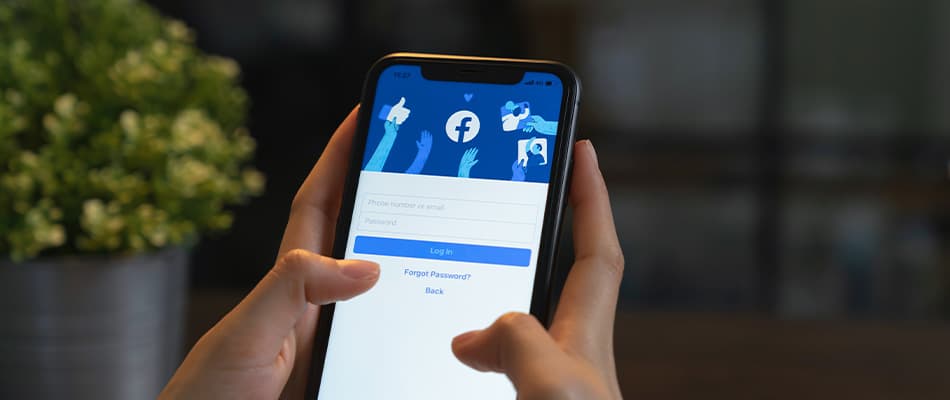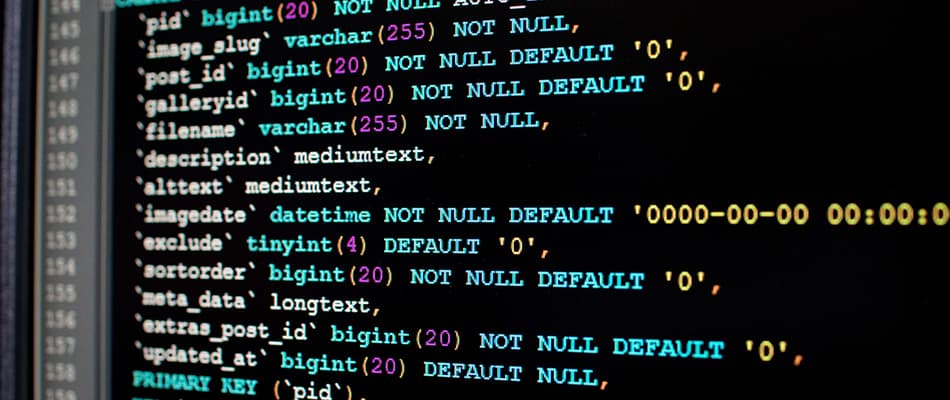What is Concept in Graphic Design? Understand the Key Elements, Role, and Importance!
In graphic design, the concept is the main idea that guides the project and gives it direction. Understanding what is concept in graphic design means helps designers create clear and meaningful work, ensuring it aligns with the project’s goals. It influences decisions like colours, fonts, and layout, helping the designer communicate the message effectively. A strong concept ensures the design connects with the audience and looks visually appealing. It also makes the design process easier by providing a clear focus. Ultimately, a good concept helps meet the client’s expectations and creates a successful design.
This article explains the concept’s elements, role and importance in graphic design.
What are the Key Elements of a Graphic Design Concept?
A graphic design concept is the foundation of any creative project, shaping its visuals and messaging. The main idea gives purpose to the design and ensures it communicates effectively. To understand what is concept in graphic design better, we must look at the different elements it consists of. A strong concept helps the design connect with the audience and leave a lasting impression.
Below are the key elements of the best graphic design concept:
- Purpose and Message – Every design has a goal, like informing or promoting something. A strong concept ensures the message is clear and compelling.
- Audience-Centric – Designs should match the audience’s needs and preferences. This helps connect better and builds trust with the target audience.
- Creativity and Originality – Creative designs stand out with fresh ideas and unique styles. This makes the design memorable and catches attention.
- Alignment with Brand Identity – A good design reflects the brand’s core values, tone, and style, making it recognisable and consistent with its identity.
The Role of Concepts in Graphic Design Projects
In graphic design, a concept is the main idea behind any creative project. It gives purpose and direction to the design, helping all elements work well together. When you understand what is concept in graphic design, it becomes clear how important it is to guide decisions like choosing colours, fonts, and layouts. A clear concept makes the design more accessible and helps it connect with the audience meaningfully, ensuring the message is delivered smoothly.
Below is the breakdown of the role of concepts in graphic design projects:
1. Foundation of the Design Process
A concept guides all the design choices, like fonts, colours, images, and layouts. It ensures everything works together to meet the project’s goal. For example, a tech company might use simple designs and modern fonts to show innovation. Without a clear concept, designs can feel messy and confusing.
2. Problem-Solving
Graphic design helps solve problems, like creating eye-catching materials or improving user interest. A strong concept matches the design to the project’s goals. For instance, an eco-friendly brand might use green tones and nature-inspired visuals to stand out. This approach ensures the design solves challenges effectively.
3. Narrative and Emotion
A great concept tells a story or creates emotions that connect with the audience. For example, a children’s product ad might use bright colours and fun images to bring joy. Adding a story or emotion makes the design more memorable and meaningful.
Steps to Develop a Graphic Design Concept
Creating a graphic design concept involves simple steps to ensure the design is clear, effective, and connects with its audience. To understand what is concept in graphic design, think of it as the main idea guiding the whole design process. It helps every element of the design work together seamlessly. From research to final delivery, each step shapes a concept that aligns with the client’s goals. A strong concept ensures the design communicates the right message.
Here are the steps to develop a graphic design concept:
1. Research and Discovery
Learn about the client’s goals, audience, and competitors. This step helps you understand what the design needs to achieve. For example, a children’s brand should focus on bright colours and playful visuals to match their preferences.
2. Brainstorming and Ideation
Come up with different ideas and pick the ones that are creative and practical. Work with your team to refine these ideas. For instance, if the project is for a new app, brainstorm unique designs that make the app easy to use and visually appealing.
3. Sketching and Prototyping
Turn your ideas into sketches or simple digital drafts. These early versions help you see how the design will look. Understanding what is concept in graphic design during this phase ensures the design stays true to the initial vision. For example, sketching logo ideas or basic layouts for a website provides a clear direction before moving forward.
4. Feedback and Refinement
Share your draft designs with the client or team and gather their feedback. Use their suggestions to improve the design. For instance, if they prefer a different colour or font, adjust the concept to meet their expectations.
5. Execution and Implementation
Once the concept is finalised, create the complete design for platforms like websites, social media, or print media. Make sure everything looks consistent and professional. For example, use the same logo design on business cards, brochures, and packaging.
Read more on Digital Design vs Graphic Design Here
Examples of Strong Graphic Design Concepts
Graphic design concepts give meaning and structure to creative projects by bringing visual elements together with a clear purpose. These concepts help designs connect with the audience, share messages clearly, and stay consistent. Once you understand what is concept in graphic design, you can see how it guides every part of a project. From logos to websites, vital concepts make designs meaningful and engaging.
Below explained are examples of how concepts shape effective designs:
- Brand Campaigns – A clear concept combines advertisements, logos, and social media posts to communicate consistently. For example, a coffee brand might use warm colours, cosy images, and simple fonts to make customers feel relaxed and comfortable, reflecting the brand’s friendly vibe.
- Product Packaging – Packaging design helps highlight the product and attract buyers. For example, a sleek, simple design for a luxury watch shows elegance, while colourful and fun packaging for a kids’ toy brand makes it look playful and exciting.
- Website Design – A website’s concept affects its layout and ease of use. For example, a charity website might use calm colours, easy navigation, and uplifting images to make visitors feel welcome and motivated to support the cause.
Tools and Resources for Concept Development
Understanding what is concept in graphic design is important for creating effective and meaningful designs. Strong concepts come to life with the right tools, skills, and resources. Using design software, seeking inspiration, and having a clear idea can make the process easier and more creative. Proper support for branding, websites, or illustrations helps you create designs that connect with the audience.
Here are the tools and resources for concept development:
1. Design Tools
Use Adobe Creative Suite and Figma to turn your ideas into real designs. Adobe Creative Suite includes popular tools like Photoshop for editing photos and Illustrator for creating graphics. Figma is great for working on designs with your team in realtime. These tools make it easy to create layouts, illustrations, and prototypes quickly, helping you bring your concepts to life without hassle. Regular updates and user-friendly interfaces ensure these tools remain efficient for all designers.
2. Inspiration Sources
Find creative ideas by exploring design blogs, online portfolios, and current trends on various platforms. These sites showcase inspiring work from designers worldwide, helping you stay updated on fresh styles and ideas. Looking at examples can guide your projects and spark new concepts. Staying aware of trends ensures your designs connect with your audience effectively. Inspiration can strike anywhere, so keep observing and experimenting with new ideas.
3. Professional Training
Join courses like the UI/UX and Graphic Design Course with GenAI at Digital Regenesys to improve your skills and learn how to create impactful designs. This course teaches you how to use design tools, build vital concepts, and work on real-world projects. With expert support and a recognised certification, it’s the perfect way to start a career in graphic design. It also provides practical experience and updates you on industry standards and trends.
Also, Read more on UI vs UX Here
Why Concepts Matter in Graphic Design Education?
Understanding what is concept in graphic design is important for students who want to succeed in this creative field. Concepts are the foundation of good designs, helping students share their ideas clearly and effectively. Learning about concepts in graphic design teaches students how to think creatively and solve problems. These skills improve their portfolios and create career opportunities. With vital concepts, students can turn their ideas into designs that stand out and make an impact.
Below are the reasons that showcase the importance of concepts in graphic design education:
Skill Development
Graphic design courses help students turn ideas into creative visuals. They teach how to use tools like Adobe Photoshop and Illustrator to create designs that share clear messages. For example, students can learn to transform a rough idea into a unique logo or an attractive poster. These skills prepare them to handle real-world projects, making their designs more professional and effective.
Portfolio Enhancement
A good portfolio is essential for showing a designer’s skills to employers or clients. Including designs based on strong concepts makes a portfolio stand out. For instance, showcasing a branding project with a creative logo and clear messaging shows problem-solving and design skills. A strong portfolio helps designers get better opportunities and impress potential employers.
Professional Growth
Knowing how to create meaningful concepts opens doors to careers in advertising, branding, and digital media. Employers look for designers who can create clear and creative ideas for ads, websites, or product packaging. These skills make designers valuable in many industries, leading to exciting career opportunities.
Thus, this article helped in understanding what is concept in graphic design and why it is essential for success in the creative field. A clear concept directs designs, ensuring they communicate effectively and connect with the audience. Learning this skill can open up new career opportunities and improve creative projects. Enrol in Digital Regenesys Graphic Design Course to gain practical skills and turn your ideas into meaningful designs.
What is a Concept in Graphic Design? – FAQs
What is concept in graphic design?
The central idea shapes the design process, guiding decisions like colours, typography, and layouts to ensure clear and effective communication.
Why is concept development in graphic design significant?
Concept development ensures purposeful designs align with the audience’s needs and effectively convey the intended message.
What are examples of complex concepts in graphic design?
Complex concepts include multi-channel branding campaigns, dynamic website designs, and detailed product packaging strategies.
How does concept development in graphic design enhance portfolios?
Strong concepts demonstrate a designer’s creativity and strategic thinking, making their portfolios stand out to employers and clients.
Why choose Digital Regenesys to learn graphic design concepts?
Digital Regenesys offers expert training, practical experience, and globally recognised certifications, preparing students to excel in concept-driven projects.
Recommended Posts













